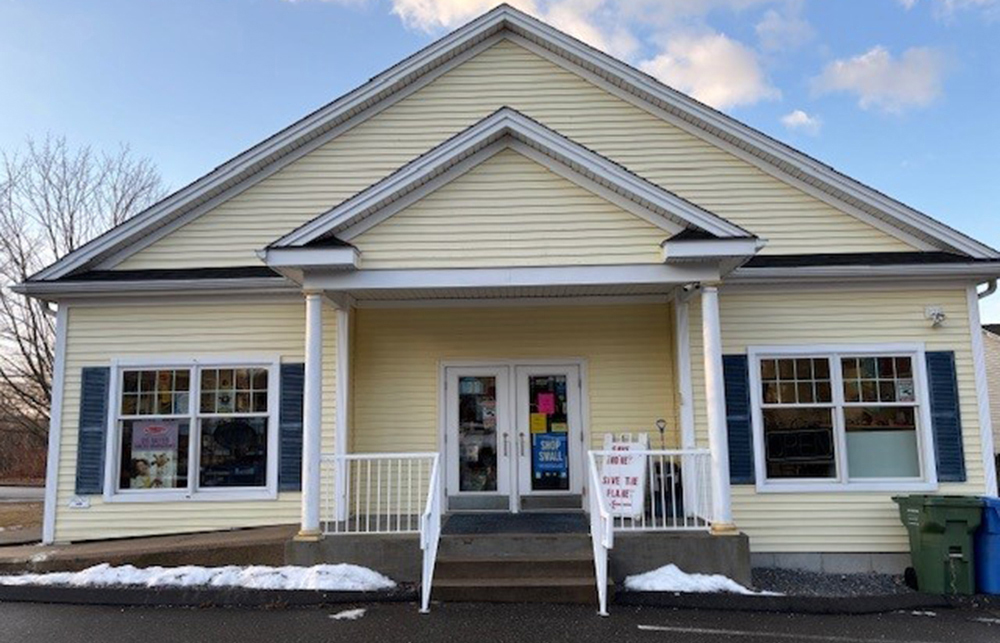Going "green", it's the current trend. How do retail developers incorporate eco-conscious land design techniques without breaking the budget? Environmental regulations at the local, state and federal levels are constantly evolving, and are raising the bar for the design community to reduce on and off-site environmental impacts. Increasingly, land developers are required to apply low-impact design techniques and concepts which mimic nature. Several techniques have been proven cost-effective, both during construction and during life-cycle operations and maintenance. They are often aesthetically pleasing, sustainable and ecologically sound.
Stormwater: Some of the more commonly used and easily implemented integrated management practices in retail land development are stormwater systems that are structureless. Compared to traditional stormwater systems, biorentention cells such as raingardens, planted swales, and constructed wetlands treat stormwater as a resource rather than a waste product. On larger-scale developments, roof rainwater harvesting can be achieved through recapture cisterns and re-used for irrigation, again approaching stormwater effluent as reusable, and elongating the "cradle-to-grave" phase of an increasingly valuable resource - water.
Landscaping: Other site design trends in the northeast include the movement to xeriscape. Selecting landscape materials native to the region and climate, as well as utilizing adaptable plant, tree and turf species reduces maintenance, fertilization, irrigation demand and increases sustainability. A native landscape palette is not only cost-effective during construction and materials purchase, but also during the long-term, life-cycle of the retailing institution. Focus in the region has also turned to maintenance techniques which reduce downstream impacts to environmentally sensitive areas. Some of the more popular eco-friendly methods include slow-release organic fertilizers, integrated pest management practices, bio-pesticides and salt substitutes such as calcium magnesium acetate for snow melt and de-icing.
Technologies: Technological advances in renewable energy are showing up in retail land development as well. Geothermal wells which reduce dependence on fossil fuels and greenhouse gas emissions, utilize thermal conductivity of the underground soil temperature or water from an underground aquifer, to provide supplemental energy to building heating and cooling systems. Less frequently, wind turbines and hydro-electricity are appearing as renewable energy sources on sites throughout N.E. Technology has also taken irrigation systems to a new level. Smart weather stations, soil moisture sensors and rainfall sensors are also increasing in popularity, responding to weather conditions as they occur, reducing water consumption for irrigation and reducing overall operations costs to the landowner.
Technological advances in green packaged wastewater treatment plants which use little or no chemicals are providing viable options to the potential retail shopping site with no access to a municipal or regional sewer system. The increasing demand for alternative water sources is also likely to propel graywater recycling (wastewater reused from sinks, showers, carwashes, etc.) technologies to advance and increase in popularity in the near future.
Transportation: Transportation demand management (TDM), the strategy to reduce single occupancy vehicles to and from the retail site, is growing in significance as well. Regulatory agencies in the northeast have turned their focus toward green-house gas emissions policies and the ancillary benefit of reducing the environmental impact of urban transportation. TDMs ideally improve convenience and save commuters and retailers time and money.
Some TDM measures which can be implemented by the developer include designated drop-off areas for automobiles, buses and shuttles, intermodal connections for bikes, buses and rail, as well as shuttle services to local transit hubs in the area. Depending on site location, safe and accessible pedestrian access via interconnecting walks through the site, to abutting properties, transit stations and urban centers also reduces the single occupancy vehicle. TDM measures which can be implemented by the retailer include bus passes for employees, vanpool, carpool, rideshare programs and flex-time, compressed or staggered work weeks.
Conclusion: With today's increasing fuel and utility costs and pressures from regulatory authorities, retail land developers are seeking sustainable design techniques which are cost-effective. Stormwater systems that mimic nature and a landscape palette native to the region are often cheaper, aesthetically pleasing and sustainable. Up-front investments in sustainable technologies, when properly selected and designed, can be recouped in just a few years of operation. Life-cycle, "cradle-to-grave", operations and maintenance analyses should be part of the initial development programming to ensure cost-recovery. The successful green retail development merges all three goals of sustainability, "the triple bottom line", people, plant and profit.
Jen Hamwey, PE, is permitting director at
Allen & Major Associates, Inc., Manchester, N.H.














.png)
